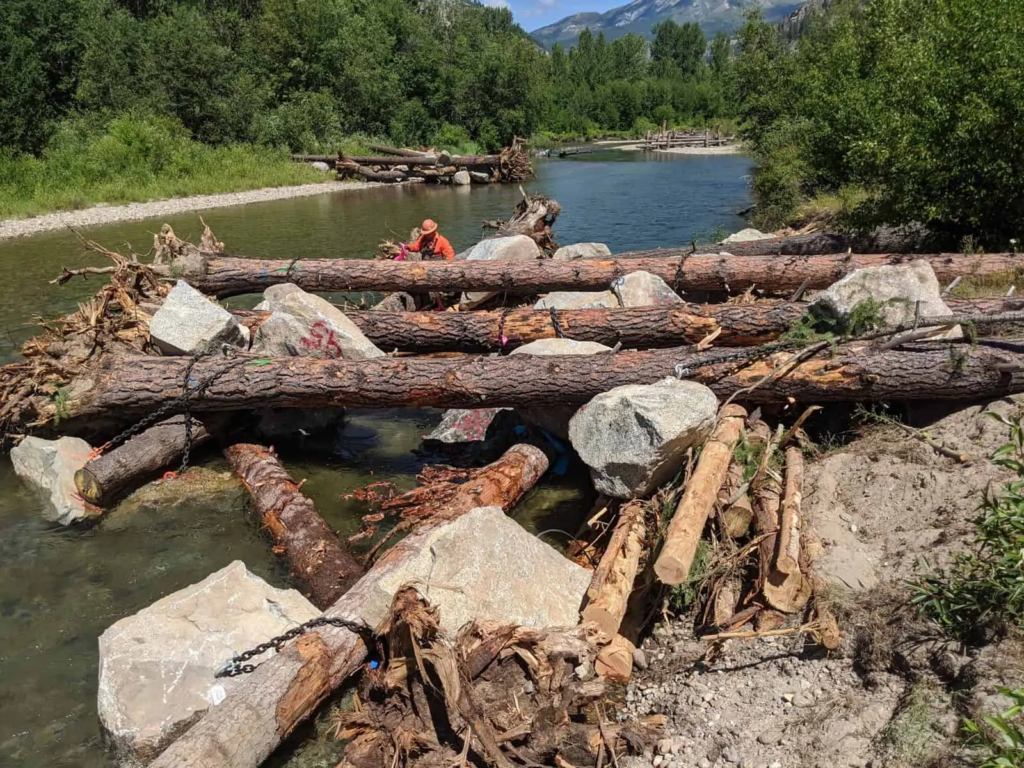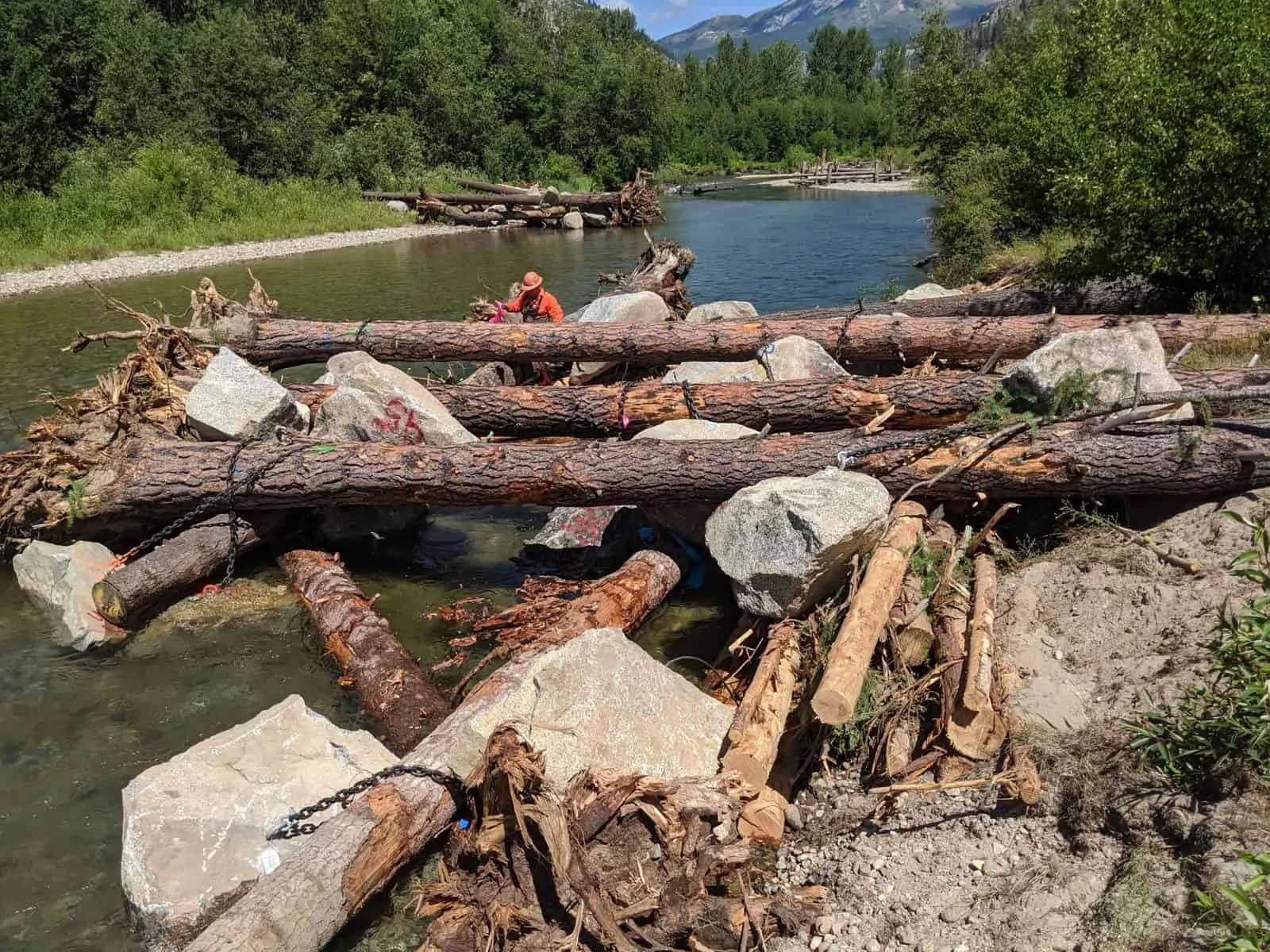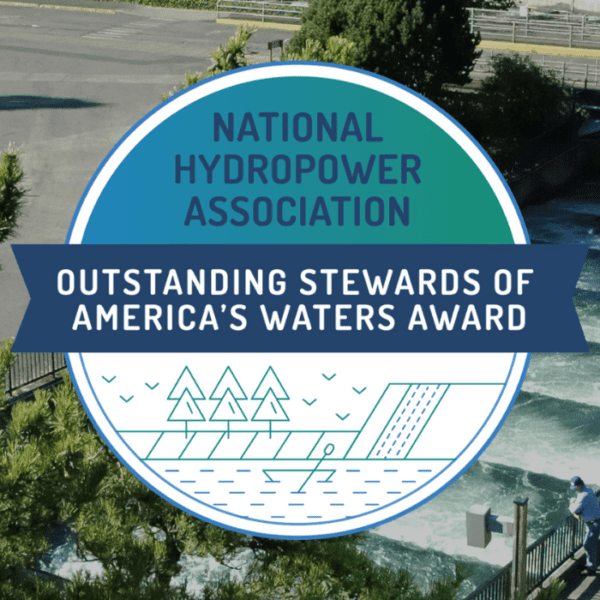Editor’s Note: Gia Schneider is moderating the Day 3 Plenary Session “Investing in Waterpower” on Friday, October 22, 2021, at the new industry-wide Clean Currents tradeshow + conference in Atlanta, Georgia. The event is owned and organized by the National Hydropower Association (NHA). Natel Energy, a member of NHA, in July 2021 announced a $20 million funding round led by Breakthrough Energy Ventures and supported by Chevron Technology Ventures. Natel will use the funding to build momentum in the deployment of its flagship product, the Restoration Hydro Turbine (RHT), which enables cost-effective production of distributed reliable renewable energy, while supporting the health and climate resilience of watershed ecosystems.
This summer’s extreme weather events—unprecedented temperatures in the Pacific Northwest and last week’s massive flooding in the northeastern U.S.—make it clear that climate change is a present-day reality.
Having spent two decades working in hydropower and carbon trading, I’ve learned that while renewable energy technology is an essential part of mitigating climate change by reducing greenhouse gas emissions, we must also invest in adaptation strategies.
Luckily, one of our best options to adapt to emerging climate regimes and strengthen our resilience is to apply solutions already found in nature.
Below I’ll explore three areas – forests, river banks, and floodplains — where we can apply nature-based solutions through landscape-scale projects that maintain and restore natural infrastructure to address water volatility, preserve biodiversity, and support healthy human communities.
Restoring Forests Prepares Us for Water Volatility
Climate change is water change. Increasingly, we are seeing floods and droughts of greater frequency and magnitude. To support dams, reservoirs, and hydropower systems’ ability to respond to these extremes, we need to understand some of the ways forests impact water.
Forests provide shade that keeps water temperatures lower and reduces water evaporation rates — especially critical during hot summer months. Vegetation increases water capture from rainfall, storing it in root systems to limit water loss in times of drought. Vegetation also stabilizes soils, reduces erosion, and regulates sediment flowing into streams, rivers, lakes, and reservoirs. This minimizes the need for downstream filtration because the water is naturally cleaner, while still delivering key nutrients to plants, animals, and farmlands.
Forests with old growth trees, wildlife habitats, and fire resiliency are best equipped to support clean, stable watersheds. Conversely, forests that are overly dense from years of fire suppression can suffer catastrophic wildfires. Without trees to keep the soil in place, sediment and debris flow freely into reservoirs, requiring costly clean-ups. In wildfire-prone California, Blue Forest Conservation’s Yuba Project, a 14,545-acre restoration effort surrounding the Yuba River is a one example of how tree thinning, invasive species control, and prescribed burns support forest and watershed health. This kind of restoration protects our water supply, allowing engineered water infrastructure to reliably deliver water and hydroelectricity when we need it.
Enhanced River Banks Protect and Restore Habitat Essential for Maintaining Biodiversity
Climate change is dramatically impacting biodiversity. Although it might not be obvious, this directly impacts human wellbeing: we rely on diverse ecosystems to support clean air, clean water, pollination, pest control, food security, and the natural resources that drive human economic activity. Restoring and enhancing natural infrastructure can address biodiversity loss by creating new habitat.

A collection of “large woody material” (LWM) on the Entiat River in Chelan County, Washington, is an example of natural infrastructure that can restore habitat for migrating salmonids. Source: Natural Systems Design
Natural Systems Design (NSD), a team of scientists, engineers, and planners based in Seattle, Washington, is applying this approach to support biologically diverse rivers. While rivers historically have been confined or constricted to meet human needs, NSD is exploring how engineering and design can work together with natural processes to both support critical habitat and serve human needs.
One example of this work is NSD’s Entiat River Habitat Restoration project in Chelan County, Washington. There, the team is designing over 100 large woody material structures that will be installed along 4 miles of the Entiat River to rehabilitate the spawning and rearing habitat for threatened species of salmon. The return of salmon to the ecosystem introduces critical biomass that can support new plant life along river banks, reducing erosion and improving water quality. The expanded habitat also supports salmon’s continued contribution to the region’s food supply, community, and economy.
Protecting and Utilizing Floodplains Supports Human Health
Restored floodplains (the low-lying land along river banks) also help ensure access to clean water and stable food supply. When rivers rise beyond their banks, floodplains slow this water down. This allows water to seep into the ground, recharging groundwater and filtering out pollutants, while also reducing flood peaks, protecting homes and properties. In this way, healthy floodplains not only make rivers safer, but also improve water supply and quality for adjacent communities. When waters recede, they leave behind sediment that replenishes soil, making floodplains productive environments for plant and animal life and high-yield areas for agriculture, further ensuring food security.
Natural Infrastructure Is One of the Keys to Climate Resilience
Understanding the roles that floodplains, river banks and forests play in river ecosystem and community wellbeing reveals the opportunity for integrating civil works projects with watershed restoration.
I’m particularly excited by this potential, so at Natel we have developed a philosophy we call Restoration Hydro. One application of Restoration Hydro takes inspiration from beaver dams to install low-head, strategically-sited structures that help spread water out over floodplains. This can promote revegetation and increased water retention, ultimately elevating the water table and increasing access to clean, reliable water supplies for drinking, irrigation, and sanitation.
A joint approach of restoration and thoughtful construction can help ecosystems and humans thrive together. By recognizing the important role that natural infrastructure and nature-based solutions play, we can effectively leverage them to improve climate resilience and proactively adapt to emerging, more volatile climate regimes.












